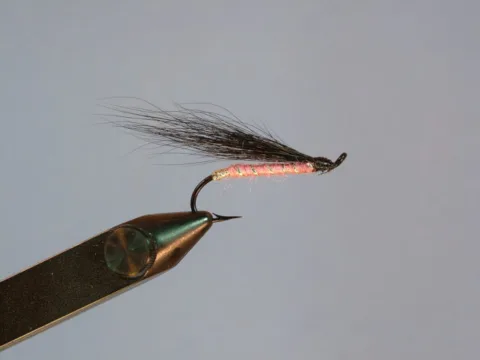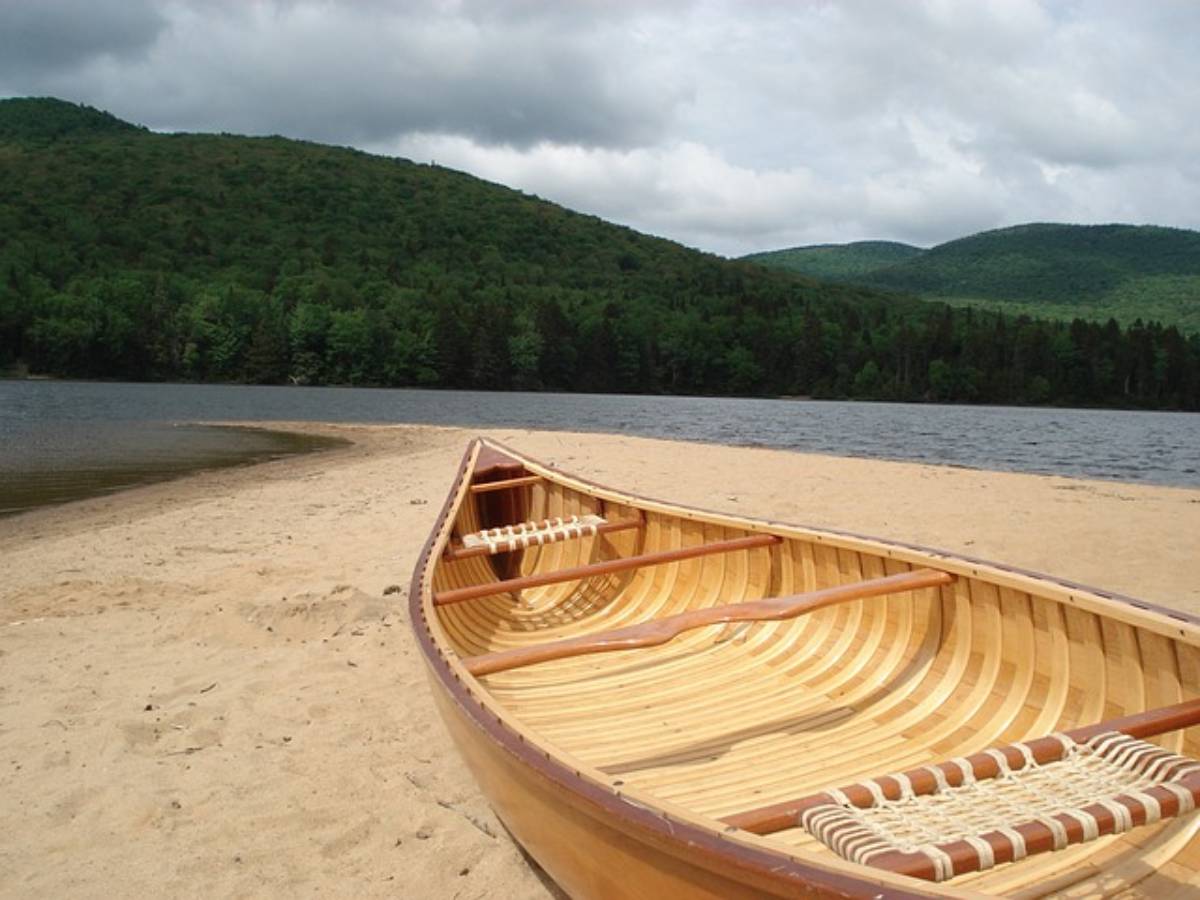You may find it confusing when choosing fly fishing hooks the first time.
However, the type of fly hooks you use are very important.
Without a good working knowledge of fly fishing hooks, you will be hard pressed to play, land and release your catch.
Here’s what you need to know about fly hooks…
Parts Of A Fly Hook
The first step is knowing the different parts of the fly fishing hook:
- Shank – the hook shank is the straight portion of the hook that runs from the eye to the bend.
- Eye – The hook eye is the round part at the end of the hook where they fly fishing line is threaded through — very similar to the eye of a needle. Once the line is threaded through the hook’s eye, it is knotted to hold the hook secure.
- Bend – Each fly fishing hook is curved. This is known as the bend.
- Barb – The barb is the sharp pointed piece at the end of the hook. It becomes caught in the fish’s mouth so it can be landed. Some fly fishing anglers file the barb off or buy barbless hooks so that fish are not injured.
- Gap – A fly fishing hook’s gap is the space that is inside the bend. It runs from the shank to the point.
- Point – The very pointed end of the barb is known as the point.
What Fly Hooks Are Made Of
You should also be aware of the different materials used to manufacture fly fishing hooks.
There are:
- Carbon hooks
- Steel hooks
- Stainless steel hooks
Whichever is your personal preference, be sure it is coated with a rust and corrosion inhibitor. This is especially important if you are fly fishing in salt water.
Check out this fly fishing hooks directory.
Fly Fishing Hook Sizes
The way fly fishing hooks are sized depends totally on the company that manufactures them.
Some companies size small hooks with large numbers and large hooks with small numbers. Other companies do the exact opposite.
If you stick with one particular brand of fly fishing hooks, you will soon get comfortable with how they size their hooks. This will make choosing fly fishing hooks much easier.
For example, Orvis writes in their Fly Fishing Guide:
Hook sizes that are used for flies range from less than 1/8 of an inch in length for the smallest to 3 inches for the largest. The actual size of a fly can be much larger; in some saltwater flies the materials used will extend up to 6 inches beyond the bend of the hook. In the smaller trout-sized hook, we use even numbers 2 through 28; the larger the number, the smaller the fly. Hooks larger than size 2 use a numbering system that increases as the size increases, using a slash/zero after the number to distinguish them.
— Orvis
Of course, different species of fish will require you use a different sized hook. For example, if you are fishing for small fish, use a small hook. Oversize hooks can severely injure fish.
On the other hand, for large fish, choose a large fly fishing hook. Undersized hooks can be swallowed by fish, causing internal injury — which can be fatal. If hooks are too small, they can tear out of the fish’s mouth or may not hook into the flesh.
Finally, always be sure to use a sharp fly fishing hook. Dull hooks can severely injure the mouth of a fish.
How To Measure The Hook
- For total length, measure from the lowest portion of the bend to the top of the eye.
- If you want to know the length of the front, measure from the lowest portion of the bend to the tip of the point.




